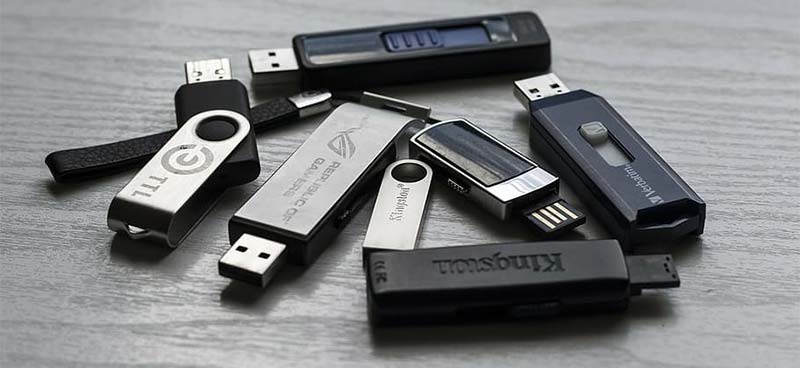The car head units come with a variety of input methods such as Aux, Bluetooth, CD player, etc.
Among these options, CD players used to be quite popular as they give you high-quality sound in a simple plug and play manner.
How to Put Music on USB Drive for Car?
Check audio formats your head unit supports, such as MP3, WMA, FLAC, etc. Then format your USB drive in FAT/FAT32. After this, choose descriptive names for each of your music files. Put the music files on the USB drive. Plug the USB drive into the USB port of your car stereo.
But they are getting out of fashion and being replaced by the likes of USB drives, aux, and Bluetooth. The Aux and Bluetooth are known for their simplicity but USB technology gives you ideal balance of speed, simplicity, and reliability.
So if you’re not using aux and Bluetooth for any reason, USB drive should be your first option.
Listening to music in your car through a USB drive is pretty straightforward. All you need to do is plug that USB drive into the USB port in your head unit. After this, your head unit will detect the drive and then you’ll be able to play those tracks.
But as easy as it seems, there are a few issues you have to resolve first.
1. Music File Extensions
Like other files on a computer, digital audio files come in different formats. Most of us are only familiar with the MP3 format but there are several other options with each of them having different characteristics and pros/cons.
These formats fall into one of these three categories:
- Uncompressed audio formats: These formats don’t have any compression applied. WAV and AIFF are such formats for Windows and macOS respectively
- Lossless compressed formats: These formats come with compression but that doesn’t result in any loss of information or degradation in sound quality. FLAC, AAC, and WMA fall in this category.
- Lossy compressed formats: Lastly, we have lossy compressed formats. These formats come with compression which attempts to remove as much ‘irrelevant’ information from a file as possible – to reduce the size. But it also results in audio quality loss. Popular formats like MP3, AAC, and OGG fall into this category.
If you’ve stored your files in a format not supported by the head unit, it’ll not be able to recognize and play them. The best thing here to do is simply reading your car stereo’s manual and see which format(s) it supports. You can also check out the manufacturer’s website in this regard.
2. USB Drive File System
Another thing that can cause a USB to not work in the car stereo is its file system format.
For those who don’t know, these file systems control the way files are stored in a storage device, such as the USB.
Like it was the case with file formats, a head unit will not be able to read your USB drive if it doesn’t understand its file system. This issue is more prevalent in older, factory car stereos that only support FAT/FAT32.
So if your USB is formatted in exFAT but the car stereo is only compatible with FAT or FAT32, then your only option is to reformat the drive in FAT32 and then paste all those songs back again before plugging it again into the head unit.
In case you’re not comfortable with tech stuff, here’s a nice little tutorial for you.
3. File Structure
Like in computers, there are certain rules you have to follow when naming your audio files. In general, you should keep a file name to less than 255 characters and avoid special characters like these: /, \, *, :, ?, “, <, >.
4. Folder Categories
Different head units have different limits (255, 999, or 5000, etc.) regarding the number of tracks they can detect in a folder. So it’s advisable to not put all of your files in a single root folder.
Ideally, you should categorize your files based on the different music genres you listen to. And then you can create sub-folders and sub-sub-folders based on different artists and their albums.
It’s important to not go more than 3 levels beyond the main folder as it may create some file detection issues.
